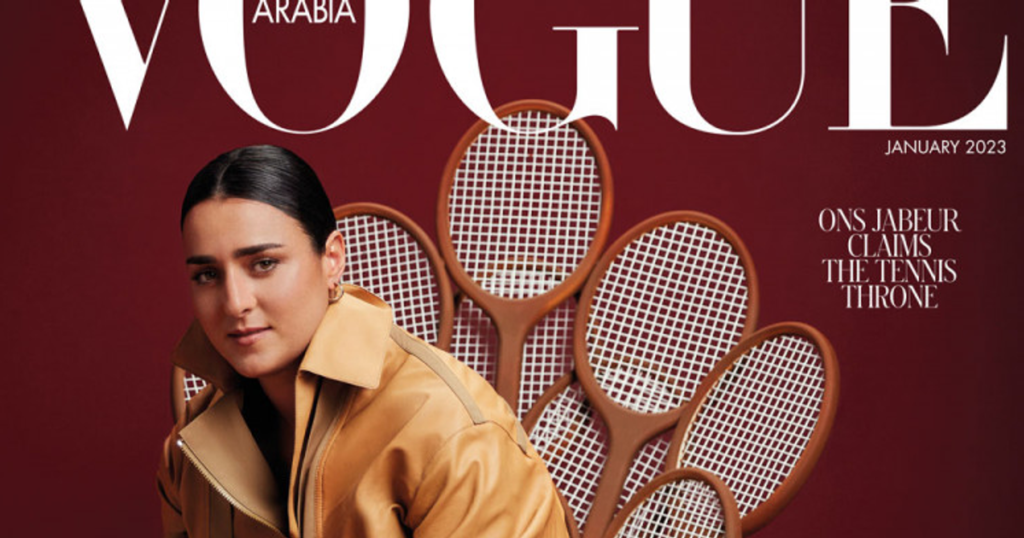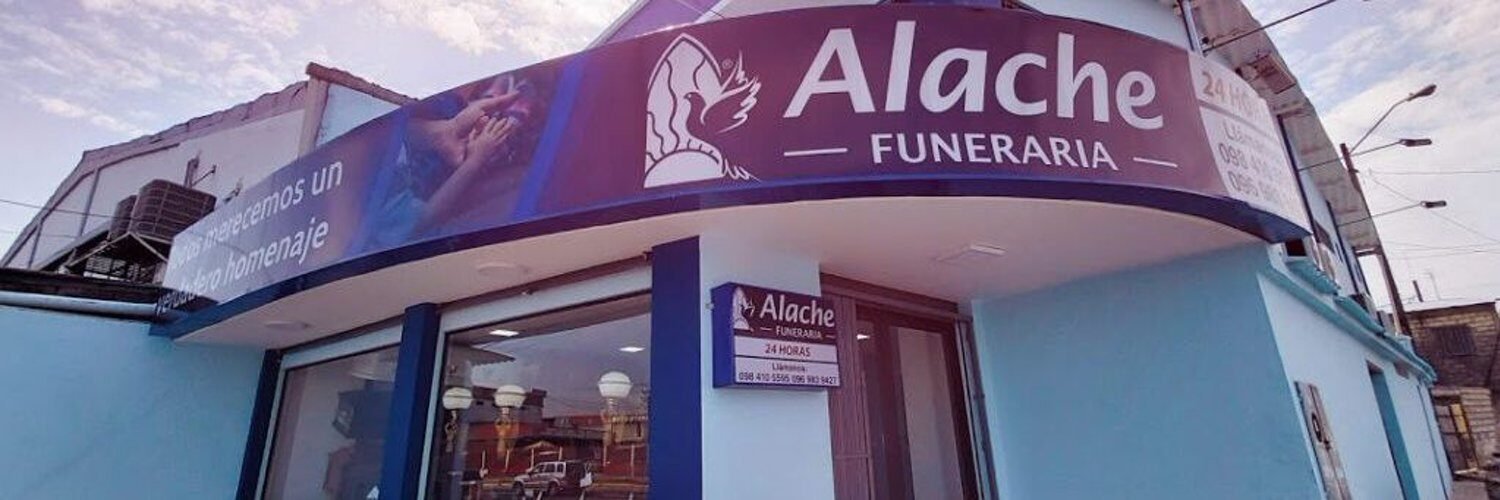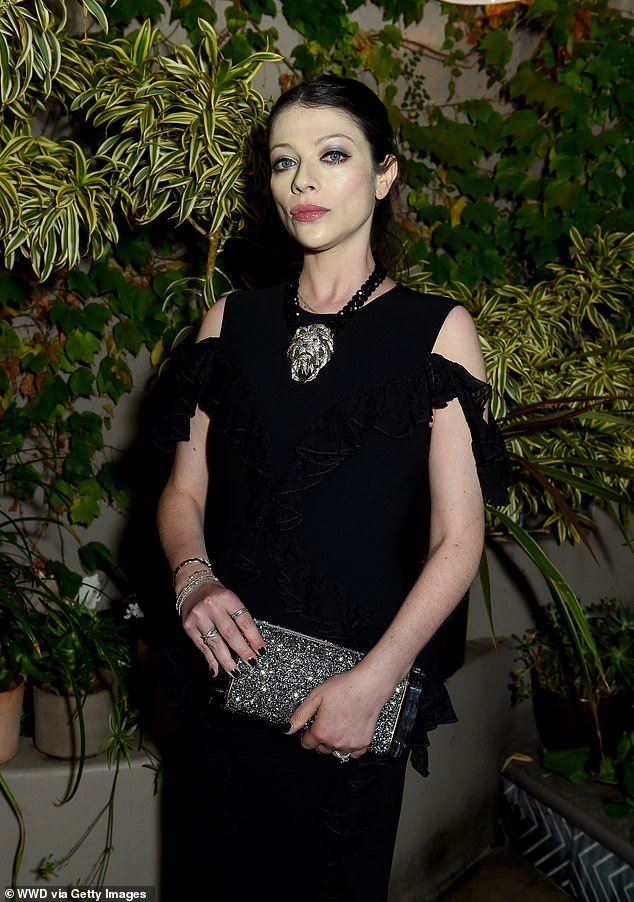
The companies are currently in arbitration as well as in federal court, but the lawsuit highlights Condé Nast’s scramble to find its footing in what has been a difficult century for the dominant 20th century company. The international business — partly owned and partly licensed — has at times been a bright spot for the publisher, but the luxury companies who make up its advertising have seen their businesses in the US, Europe, and China struggle in recent years, leaving the Gulf almost alone among booming markets.
Menon said Vogue Arabia is “one of the most successful licensed editions in the world,” and its covers have included the model Bella Hadid, the tennis player Ons Jabeur, and Kim Kardashian. The title also sparked the occasional, inevitable controversy in Condé’s New York home turf: Some objected to a 2018 cover featuring a Saudi princess in the driver’s seat of a convertible, and others a map in which all of Israel and the occupied Palestinian territories were labeled “Palestine.”
The lawsuit focuses largely on technical issues. Nervora presented a contract indicating that Condé Nast had agreed in 2016 to buy them out of the license if they wanted to take the brand back. Condé Nast Chief Content Operations Officer Christiane Mack complained in one document that Nervora had not made enough progress on digital, video, and event products.
Condé Nast told Business of Fashion that it would retain Vogue Arabia Editor, Manuel Arnaut, who raised some eyebrows over the holidays with an Instagram post perhaps in the spirit of his new employer, complaining about “being forced to be ‘nice,’” and pledging to stop.





